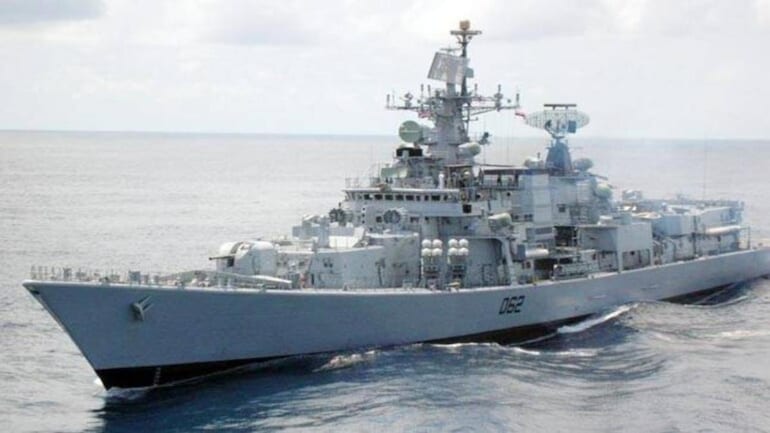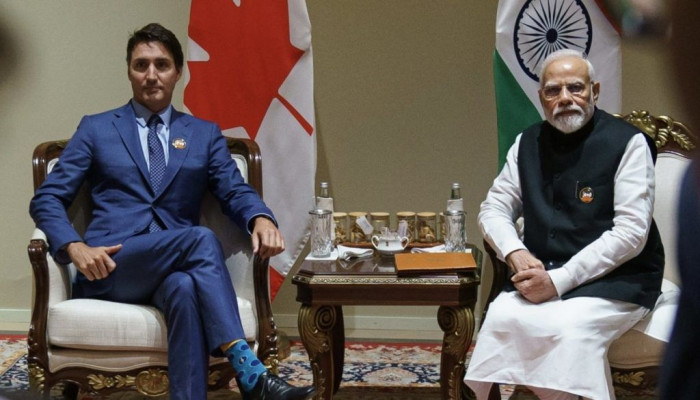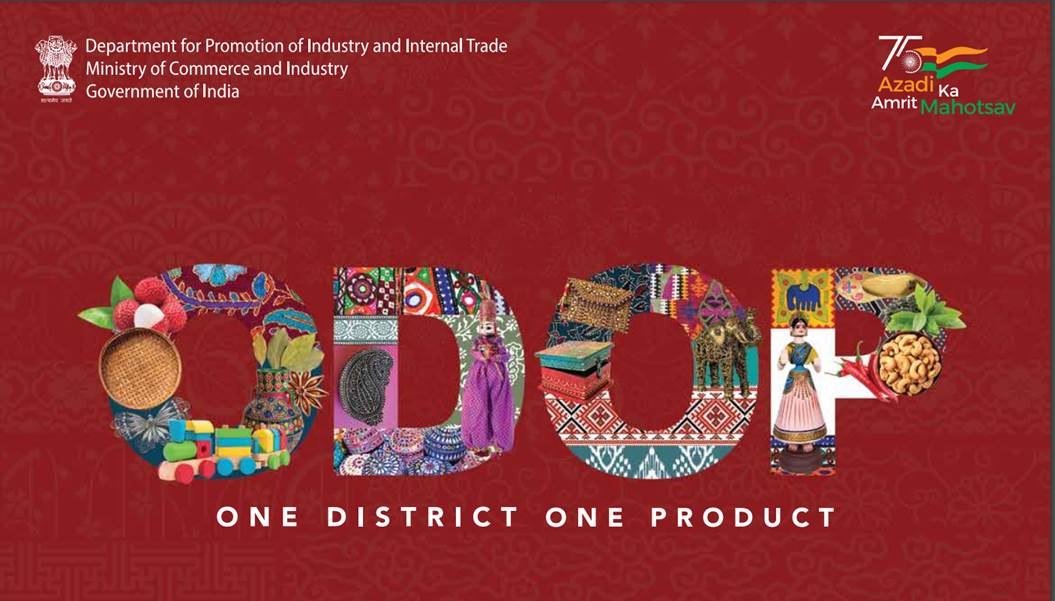Indo-pacific, the term used in the natural sciences to study marine biology, zoology and oceanography, has made a resurrection in geopolitical discourse in the last couple of decades. The term ‘Asia-Pacific’ is used for the states around the Pacific Ocean formed Asia-Pacific Economic Cooperation (APEC), a 21 member intergovernmental organisation is perhaps the only multilateral institution representing Asia-Pacific that is predominant an economic conceptualisation rather than a security one. However, with the rise of two economic powerhouses (India and China) in the Asian continent and increasing assertion of China in the region, the concept, Asia Pacific was broadened geopolitically to include states around the Indian ocean with a focus on India and hence Indo-Pacific (a 24-nation regional framework) have gained traction recently entailing politico-economic and security dimension. New Delhi was brought into the turf by Tokyo and Washington to counterbalance Beijing. Though the concept still evolving exhibits a paradigm shift in power from the West to the East.
The terms get its force from the expanding role of China, India and the US in the region. The western nomenclature of India as a South Asian nation and China being East Asian somehow blurs the picture of how geopolitics unfolds in the Indo-pacific region. SAARC, a dysfunctional South Asian regional forum marred by India and Pakistan’s mutual antagonism, has made South Asian countries move to what is often informally attributed as SAARC minus Pakistan, i.e. BIMSTEC comprising India Thailand, Myanmar, Nepal, Bangladesh, Sri Lanka and Bhutan in 1997. Furthermore, with saturated markets in the West, India actively pursued the ‘Look East’ policy. These two developments have made the ‘South Asian’ region drifted towards the Indo-Pacific.
Why the Indo-Pacific? First, it covers a vast diversity that envelopes Southeast Asia, South Asia and the littoral nations of the Indian Ocean and the Pacific that are the emerging economic powerhouses. Second, the rise of China, its outward assertion in the region e.g. the South China Sea has augmented the geopolitical tensions between the US and China. Third, though China is expanding its influences across the oceans, Indo-Pacific remains a significant home turf. The US and EU, to mitigate substantial trade imbalances and the growing politico-economic clout of Chinese over Asia and Africa, have now aggressively pushed trade and investments as per the set norms by international organisations. From the human rights violations in Xinjiang to flouting labour laws in Chinese factories and violation of intellectual property rights by the Chinese companies, the West is pugnaciously following a hyphenated approach linking economic to socio-political dimensions in trade. China has retorted citing the dominant world view and economic systems heavily dominated by Western values; its excoriation of western liberal democracy stands testimonial to it.
In 2019, the US Department of State officially stated that the US “is and always will be an IndoPacific nation … nations (around) face unprecedented challenges to their sovereignty, prosperity, and peace”. Eyeing on the Indo-Pacific, the US through its ‘Blue Dot Network’ (BDN), intends to serve as a globally recognised seal of approval for major infrastructure projects, assessing whether sustainable and not exploitative, thus promoting market-driven, transparent, and financially sustainable infrastructure projects. It does not provide public funds or loans for infrastructure development like the BRI. Instead of countering the mammoth quantitative investments of the BRI, BDN persuades to gauge the quality of investments. Furthermore, the US has passed a law titled ‘Uyghur Forced Labor Prevention Act’ to ban all imports of goods manufactured in China’s Xinjiang province citing human rights abuses against the Muslim Uyghur community.
As Chinese state-owned enterprises (SOE) play a predominant role in trade and investments, the Comprehensive Agreement on Investment (CAI) intends to create a level playing field for EU investors by “laying down very clear rules on Chinese state-owned enterprises, transparency of subsidies, and prohibiting forced technology transfers and other distortive practices” as per the European Commission. The EU leadership also stressed conditions on climate change, political imbroglio in Hong Kong and human rights violations in Xinjiang province before the promulgation of the EU-China CAI.
With all such antagonism by the EU and the US, Indo-Pacific becomes of paramount importance in China to diversify its imports in view of its expanding domestic economy and sustain its transcontinental multi-trillion-dollar project, the Belt the Road Initiative. The Communist Party of China (CPC) Central Committee’s development proposal on the long term objectives popularly known as the Vision 2035 aims to develop megacities that will help foster more robust regional trade and investment partnerships with ASEAN and developing economies around the world.
The main products that the United States exported to China, for instance, in 2019, are electrical machinery and appliances, vehicles and aviation equipment forms approximately 40% of the total share of imports from the US the dependency of which China plans to reduce through their China Vision 2035 centring around “new industrialisation, IT application (and) urbanisation”. China’s indigenously developed Comac C919 (though with imported engines), a narrow-body aircraft, is touted as a competition to most popular aircrafts American’s Boeing 737 and Europe’s Airbus 320. COMAC’s C919 plane has already received 1000 provisional orders primarily by Chinese airliners, with Chinese flyers almost tripling over the next two decades. With governments around the globe aggressively pushing for Electronic Vehicles (EV), China tops the charts as it has 44% of all the EVs globally, though Europe leads in the sales followed by China.
In 2018, the General Office of the State Council of China forwarded the notice of the Ministry of Commerce and other departments issuing new import guidelines stating to “actively explore the import resources of countries along the “Belt and Road”. The departments were directed to actively pursue the expansion of imports through the diversification of sources. According to the World Bank and UNCTAD data on imports by China, the imports from the US are witnessing a constant decline, i.e. 8.51 % in 2016, and post new import guidelines; it fell to 5.96% in 2019 with a slight increase to 6.6% in 2020. However, imports from East Asia and the Pacific from 38.7% in 2016 to a steep jump in 2017 at 45.2%, 43.8% in 2018, and a marginal decrease at 42.3% in 2020. According to China’s General Administration of Customs (GAC), the total trade from 2014-2019 between China and BRI member countries have registered an annual growth rate of 6.1 percent, making China the biggest trading partner with 25 BRI countries. The total trade stood at the mammoth US $1.34 trillion in 2019.
The rise of China challenging the US’s influence premised on the discordant visions for Asia and the world, the convergences have seemingly turned into a competition with a surge in myriad multilateral politico-economic forums, particularly regarding the Indo-Pacific. Recent geopolitical developments have made us think of regions in larger units like Indo-Pacific instead of South Asia, East Asia and South-East Asia. Interestingly, however, though the region of power assertion is expanding, an array of inter-governmental alliances and forums playing out are getting fragmented and smaller with forums like RCEP, ASEAN, ARF, BRICS, SCO, BIMSTEC, APEC, QUAD and CRIP.
Interestingly, the US and China are the top two trading partners of India, respectively. Despite the geopolitical standoff and anti-China rhetoric, the Sino-India trade continues to soar by more than 70% year-on-year to over $48 billion in the first five months of 2021. India ought to tread cautiously in tagging along with the US as a counterweight to China. Given the intensive trade with the two antagonistic global players, India must chalk a strategy that does not hurt itself economically. The US and China are aggressively employing their resources, forging myriad alliances to checkmate each other assertions over Indo-Pacific.
Beijing has made a new move to counter the increasing influence of the US and India with a possibility of CRIP (China, Russia, Iran and Pakistan) depicting a de facto emerging strategic alliance of authoritarian regimes as a counter to the QUAD that aims to ensure free and open Indo-Pacific and is touted as ‘Asian Arc of Democracy’ depicts the belligerence with which US and China are dealing with. With the host of multilateral organisations coupled with global powers, the Indo-Pacific is emerging as a region with complex power dynamics as traditionally in multi-polar world different actors struggle to preserve and extend their spheres of influence. As the sports stage sets for claiming the top spot at the Tokyo Olympics, the geopolitical turf sets in the Indo-Pacific for the great-power game, a renewed competition for a sphere of influence in the years to come.
Courtesy: ORF / IANS








 OpinionExpress.In
OpinionExpress.In















Comments (0)